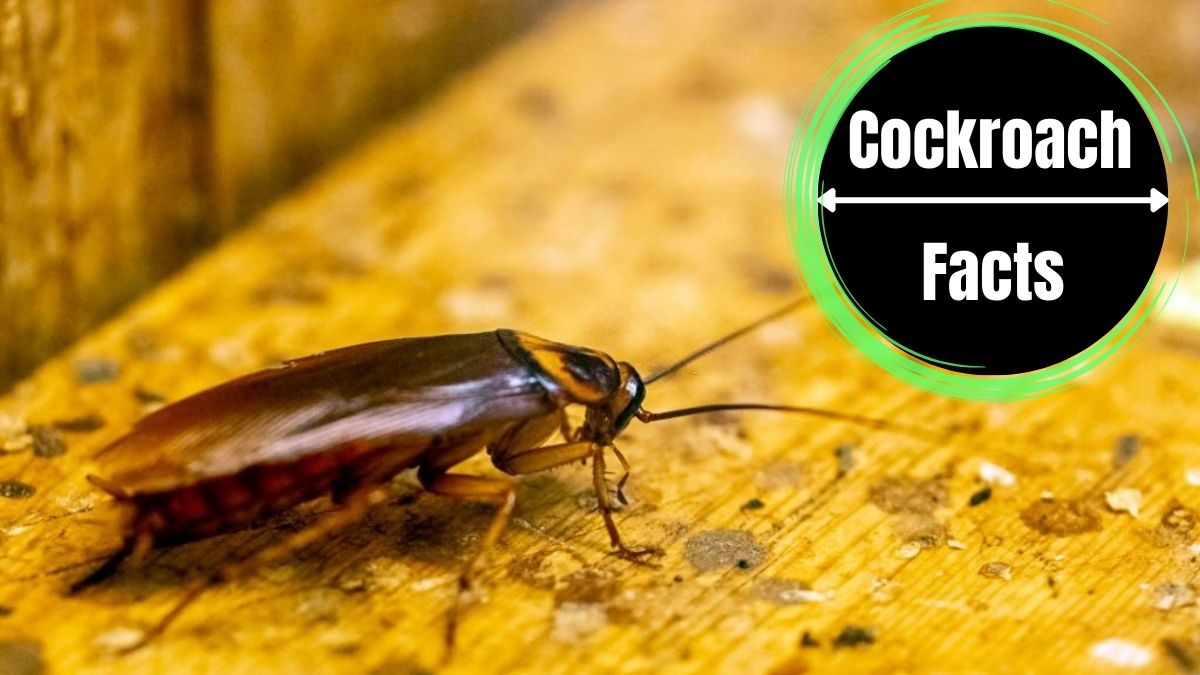The green cockroach, a fascinating member of the insect kingdom, emerges as a captivating subject of our exploration. Sometimes referred to as the green banana cockroach or the Cuban cockroach, these creatures have a unique tale intertwined with human activities. Often making their way to ports hidden within banana shipments from Central America, the green cockroach stands as a testament to the unexpected connections between our world and the intricate ecosystems it hosts.
What is a Green Cockroach?
The Green Cockroach, scientifically known as “Panchlora nivea,” is a small to medium-sized cockroach species that boasts a striking emerald-green hue. Unlike its more common brown and black counterparts, this cockroach’s vibrant coloration sets it apart. Its body is elongated, and its antennae are thin and long, adding to its distinctive appearance. While not as infamous as its larger relatives, the Green Cockroach has a unique charm that captures the curiosity of insect enthusiasts and casual observers alike.
Behavior and Habitat: A Glimpse into the Green Cockroach’s Life
Diet and Feeding Habits
Green Cockroaches are primarily herbivorous, feeding on a variety of plant materials such as fruits, leaves, and flowers. This dietary preference aligns with their vibrant green coloration, as it helps them blend seamlessly into their natural habitat.
Nocturnal Lifestyle
Like many cockroach species, Green Cockroaches are predominantly nocturnal. They are most active during the nighttime hours, when they search for food, mate, and engage in other essential activities.
Social Structure
Green Cockroaches are known to be relatively social insects, often found in groups within their natural habitat. They tend to thrive in environments with abundant plant life, where they can find both sustenance and shelter.
Preferred Habitat
These cockroaches are commonly found in tropical and subtropical regions, often inhabiting areas with dense vegetation, such as rainforests, gardens, and wooded areas. Their green coloration serves as a form of camouflage among leaves and foliage, offering them protection from potential predators.
Interaction with Humans and Ecosystems
The Green Cockroach’s interactions with humans are generally minimal compared to other cockroach species. Unlike household pests, they are not typically associated with infestations in human dwellings. However, their presence can be considered beneficial in certain situations. Green Cockroaches contribute to ecosystem dynamics by aiding in the decomposition of plant matter and by serving as a potential food source for predators such as birds, reptiles, and other insects.
Effective Management Strategies
For those interested in understanding and managing the Green Cockroach, here are some strategies to consider:
- Habitat Modification: Since Green Cockroaches thrive in vegetated areas, modifying the habitat by reducing dense vegetation near homes and structures can help prevent their intrusion into living spaces.
- Natural Predators: Encourage the presence of natural predators like birds, lizards, and frogs in your garden or yard. These predators can help keep cockroach populations in check.
- Exclusion: Seal any cracks or gaps in the exterior of your home to prevent the entry of Green Cockroaches. Pay attention to doors, windows, and any other potential entry points.
- Maintain Cleanliness: Even though Green Cockroaches are not common household pests, maintaining cleanliness indoors and outdoors can help reduce the likelihood of any cockroach species finding their way inside.
- Chemical Control: In extreme cases where the presence of Green Cockroaches poses a threat, you might consider using environmentally-friendly insecticides. However, such measures should be a last resort and preferably applied by a professional.
Conclusion
The Green Cockroach, with its unique coloration, intriguing behavior, and habitat preferences, offers an exciting opportunity to explore a lesser-known aspect of the insect realm. From its herbivorous diet to its nocturnal habits, the Green Cockroach provides a glimpse into the intricate web of interactions that make up the ecosystems it calls home. So, the next time you venture into a garden or wooded area, keep an eye out for the subtle beauty of the Green Cockroach—a creature that stands as a testament to the diversity and wonder of the natural world

